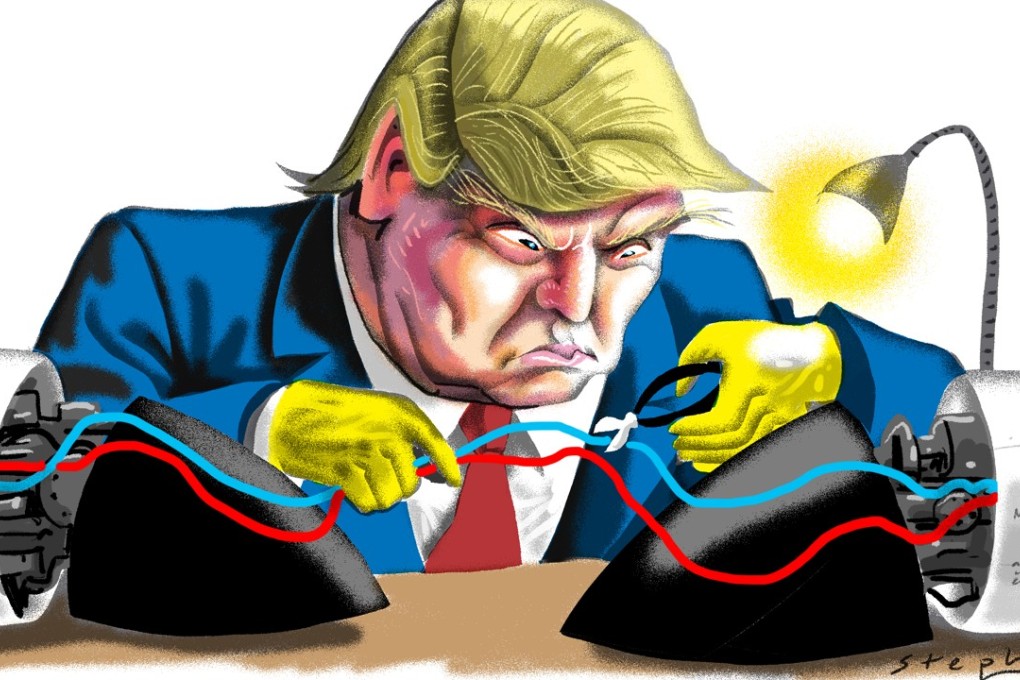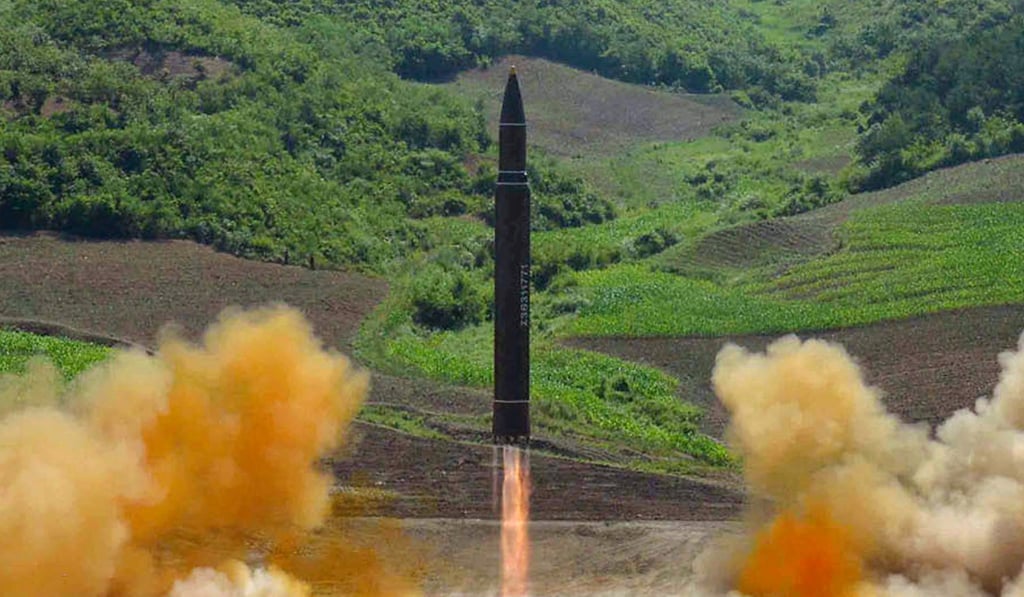Advertisement
Why Trump may be right to treat North Korea and Iran’s nuclear programmes differently
François Godement says there is a common factor in Trump shredding the Iran nuclear deal and trying to reach one with North Korea: past deals with both have failed to rein in their missile programmes, as well as their trade between each other and with Syria
Reading Time:4 minutes
Why you can trust SCMP

US President Donald Trump has expressed hope about signing a denuclearisation agreement with North Korea after tearing up the deal with Iran, inspiring commentary on the irrationality of Trump’s policies. Yet, breaking the convergence between North Korea and Iran may prove essential.
The relationship between Iranian and North Korean proliferation is deep and long-standing, with mutual help at critical junctures and a converging connection to Syria. Separating the proliferators makes sense.
This was true in 2017, when Iran announced the resumption of its long-range missile programme at the height of the international stand-off with North Korea over its missile launches and nuclear tests. During this period, according to a UN report, two North Korean ships delivered crates to Syria’s Scientific Studies and Research Centre, the chemical-weapons-research centre destroyed by a joint US-France-UK strike in April.
Advertisement

Back in 2002, Syria signed a scientific agreement with North Korea undertaking a covert nuclear reactor project – destroyed by Israel in 2007. Iran signed a deal with North Korea in 2012; cooperation was apparent before and after the Joint Comprehensive Plan of Action in 2015.
Advertisement
Yet, while Iran recovered some financial resources with the 2015 agreement, North Korea endured increasingly biting sanctions. Iran is only a threshold nuclear power while North Korea, after decades of efforts, is a nuclear weapons state.
Advertisement
Select Voice
Choose your listening speed
Get through articles 2x faster
1.25x
250 WPM
Slow
Average
Fast
1.25x